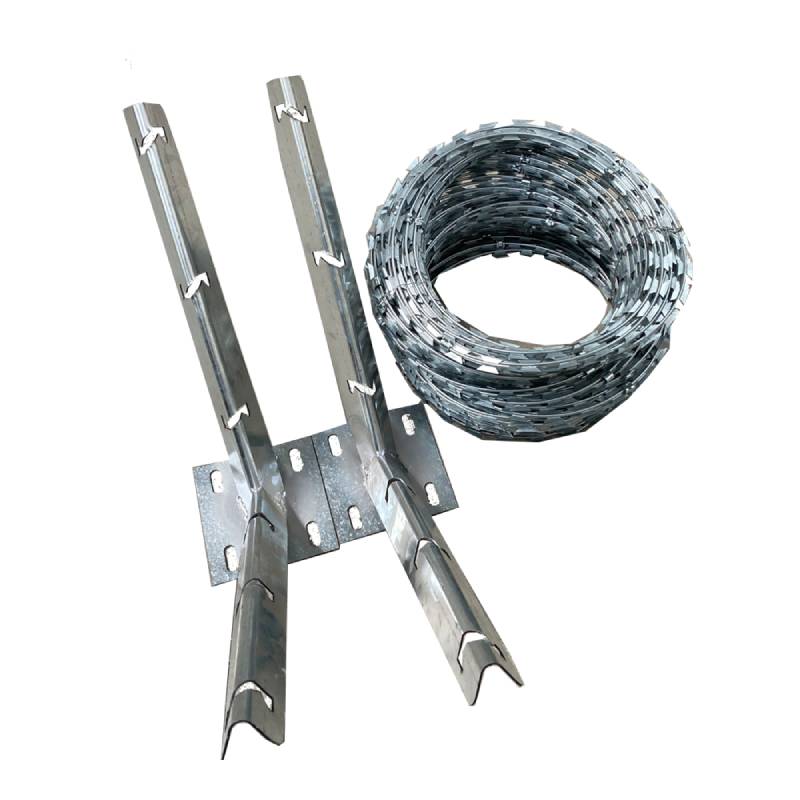Using Galvanized Nails with Pressure Treated Wood for Durable Construction Projects
The Importance of Using Galvanized Nails for Pressure Treated Wood
When it comes to construction and woodworking, the choice of materials is critical for ensuring durability and longevity. One of the most common issues faced by builders and craftsmen is corrosion, particularly when working with pressure-treated wood. This wood, infused with chemical preservatives to resist moisture, insects, and decay, presents unique challenges when it comes to appropriate fasteners. Galvanized nails are often the ideal choice for this application, and understanding their benefits can ensure the integrity of a project.
What is Pressure Treated Wood?
Pressure-treated wood is lumber that has been chemically treated to improve its resistance to environmental stresses such as moisture, insects, and fungal decay. This process typically involves forcing preservatives deep into the wood through high-pressure techniques. The most common applications of pressure-treated wood are outdoor structures like decks, fences, and landscaping features. However, the chemicals used in the treatment process can pose a significant risk of corrosion to standard metal fasteners.
The Role of Galvanized Nails
Galvanized nails are steel nails that have been coated with a layer of zinc to enhance their resistance to rust and corrosion. This galvanization process creates a protective barrier that prevents moisture and other corrosive elements from coming into direct contact with the metal surface. For projects that involve pressure-treated wood, the use of galvanized nails is not merely a recommendation; it is essential.
Benefits of Using Galvanized Nails
galvanized nails for pressure treated wood

1. Corrosion Resistance One of the primary benefits of galvanized nails is their exceptional resistance to rust and corrosion. When pressure-treated wood is exposed to moisture, the chemicals in the wood can accelerate the corrosion process in traditional nails. Galvanized nails, however, withstand these conditions much better, ensuring that joints remain secure over time.
2. Longevity The lifespan of a structure can be greatly affected by the quality of the fasteners used. Since galvanized nails are resistant to corrosion, they contribute to the overall durability of the structure. This is particularly important in outdoor environments where weather conditions can vary significantly and where moisture levels are often high.
3. Cost-Effectiveness While galvanized nails may be slightly more expensive than their non-galvanized counterparts, the long-term savings associated with reduced maintenance and replacement costs make them a wise investment. Using quality fasteners helps to avoid costly repairs and replacements in the future.
4. Versatility Galvanized nails come in various sizes, types, and grades, suitable for a wide range of applications beyond pressure-treated wood. Whether you're building a deck, a fence, or any outdoor structure, they provide reliable performance.
Conclusion
In the realm of construction and woodworking, the materials used can significantly influence the outcome of a project. When working with pressure-treated wood, opting for galvanized nails is a choice that promotes durability and longevity. Not only do they offer superior corrosion resistance, but they also enhance the structural integrity of outdoor projects, making them a trustworthy option. By investing in the right fasteners, builders and homeowners can ensure that their structures withstand the test of time and environmental stresses, ultimately leading to safer and more reliable constructions. Whether you’re a professional contractor or a DIY enthusiast, choosing the right nails is essential for ensuring the success of your project.
-
Space-Saving Chain Fence Hacks Vertical Gardening with Cyclone MeshNewsJul.16,2025
-
Innovations in Iron Nail Wire Production for Modern ConstructionNewsJul.16,2025
-
Creative Uses of Wire Netting Fence in Modern Landscape DesignNewsJul.16,2025
-
Barbed Wire Fence Innovations in Anti-Climb TechnologyNewsJul.16,2025
-
Architectural Uses of Umbrella Nails for Aesthetic Roof DesignsNewsJul.16,2025
-
Architectural Uses of Razor Barbed Wire in Secure Urban DesignNewsJul.16,2025




